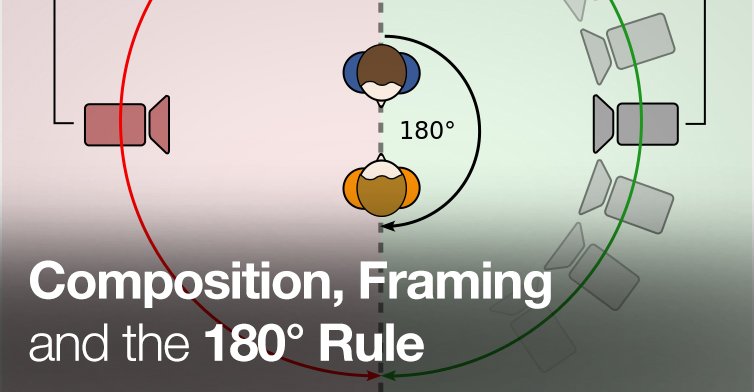
Video Tutorial: Composition, Framing and the 180° Rule
If you’re just starting out or would like to brush up on your cinematography skills, then check out these great video tutorials to get great shots for your film.
Professional filmmakers know that composition and framing are essential to conveying the director’s intended emotion to the viewer. There are a number of ways you could go about framing the same subject in a manner that changes the audience’s emotion of the given situation. For instance, the intimacy of any close up shot moves the audience that much closer to being inside the character’s mind.
Lights Film School has a rundown of composition and framing that’s a great guide for filmmakers:
Rules are meant to be broken. Many will emphasize the importance of the rule-of-thirds in photography and film because it is a great, tried and true method to compose shots. However, this is only a guideline. Some directors have made it a point to disregard this tenant of shooting, such as Wes Anderson’s style that features centered shots:
Framing in Cinematography
Next, let’s take a closer look on the details of framing. It’s important to have correct head room and lead room as this can establish the difference between a good shot and a bad shot. Avoid excessive dead space.
Additionally, framing your shot with a subject in motion is called anticipatory framing. The camera must judge the movement of its subject. Instead of reacting to the subject, react with the subject with its direction and speed. Of course, all the same rules of framing apply: adjust head and lead room accordingly with a proper amount of dead space.
Another great example from Lights Film School:
The 180° Rule
The 180° rule is probably the most commonly practiced and cited rules in all of filmmaking. Imagine that there is an invisible axis between the camera and the subjects which are being filmed. Once you have established which side of the axis the camera will be on, the camera must remain on that same side as to not break the axis.
Unless you’re intentionally breaking this shooting standard, most would advise against breaking the 180° rule.
Do you have any comments about the 180° rule, anticipatory framing or composition? We would love to hear from you below.







